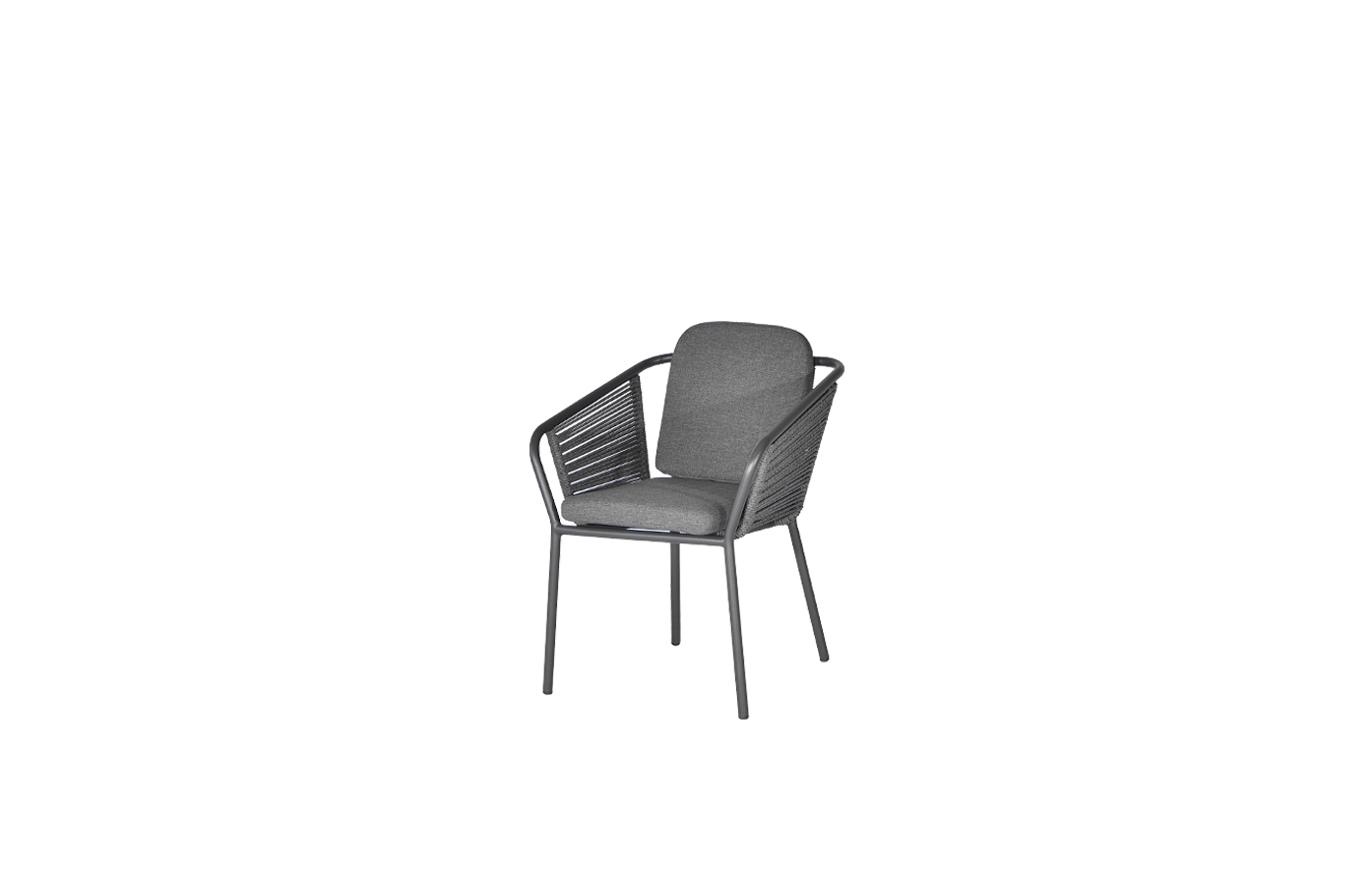
Exploring the Different Types of Furniture Material and Their Pros and Cons
When it comes to buying furniture, one of the most important decisions you’ll have to make is choosing the right material. The material of the furniture not only affects its appearance but also its durability, maintenance requirements, and overall cost. With a wide variety of furniture materials available in the market, it can be overwhelming to decide which one is best suited for your needs. To help you make an informed decision, let’s explore the different types of furniture material and their pros and cons.
Wood:
Wood is one of the most popular materials used in furniture construction due to its durability, versatility, and timeless appeal. Hardwood such as oak, cherry, and mahogany are known for their strength and resistance to wear and tear. Softwood like pine and cedar are less durable but are more affordable. Wood furniture can be easily refinished and repaired, making it a long-lasting investment. However, wood furniture is susceptible to scratches, dents, and warping if not properly maintained.
Metal:
Metal furniture, such as steel, aluminum, and iron, are known for their strength, stability, and sleek modern look. Metal furniture is often used for outdoor furniture due to its weather-resistant properties. It is also easy to clean and maintain. However, metal furniture can be prone to rust if not properly treated or painted. Metal furniture tends to be heavier and may not offer the same warmth and comfort as other materials like wood or fabric.

Exploring the Different Types of Furniture Material and Their Pros and Cons
Upholstery:
Upholstered furniture, such as sofas, chairs, and ottomans, are made with a wide range of fabric materials like cotton, linen, leather, and polyester. Upholstered furniture offers a comfortable and plush seating experience. Fabric upholstery is available in a wide range of colors, patterns, and textures, making it easy to customize your furniture to suit your style. However, fabric upholstery can be easily stained and may require regular cleaning and maintenance. Leather upholstery is durable, easy to clean, and develops a rich patina over time but can be expensive.

Exploring the Different Types of Furniture Material and Their Pros and Cons
Plastic:
Plastic furniture is lightweight, affordable, and easy to clean, making it a popular choice for outdoor and modern indoor furniture. Plastic furniture is resistant to moisture, fading, and insects, making it ideal for outdoor use. However, plastic furniture may not be as durable or environmentally friendly as other materials. It can also be prone to cracking or fading if exposed to direct sunlight for an extended period.
Glass:
Glass furniture, such as tables and shelves, adds a contemporary and elegant touch to any space. Glass furniture creates a sense of openness and light in a room, making it ideal for small spaces. However, glass furniture is fragile and prone to scratches, chips, and breakage. It also requires regular cleaning to maintain its pristine appearance.
In conclusion, the choice of furniture material depends on your preferences, budget, and lifestyle. Each material has its own unique characteristics, pros, and cons. When selecting furniture, consider factors such as durability, maintenance requirements, comfort, and aesthetics to ensure that you choose a material that suits your needs and complements your space. Whether you prefer the warm and timeless appeal of wood, the sleek and modern look of metal, or the plush comfort of upholstery, there is a wide range of furniture materials available to help you create a beautiful and functional living space. Artie
